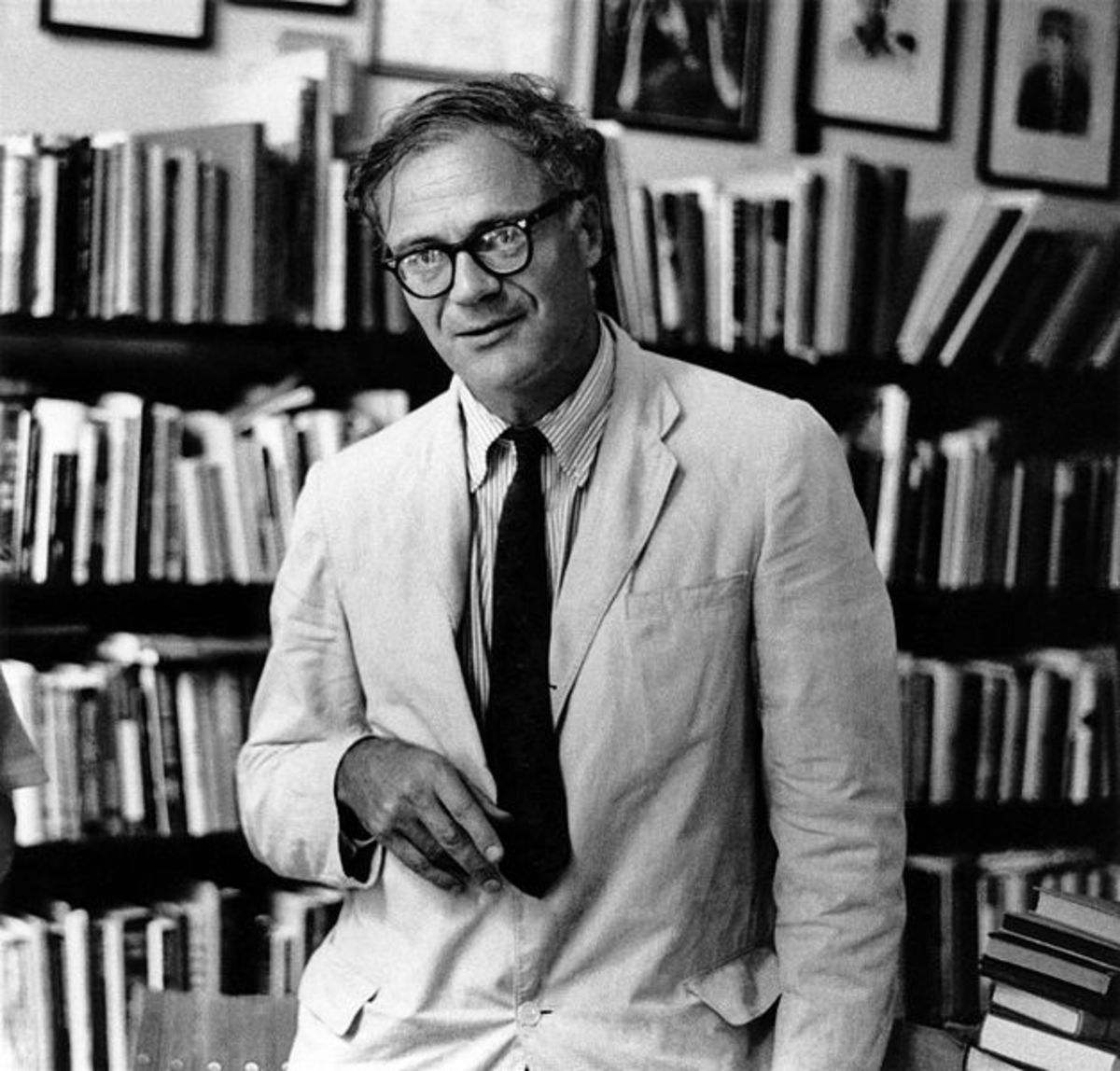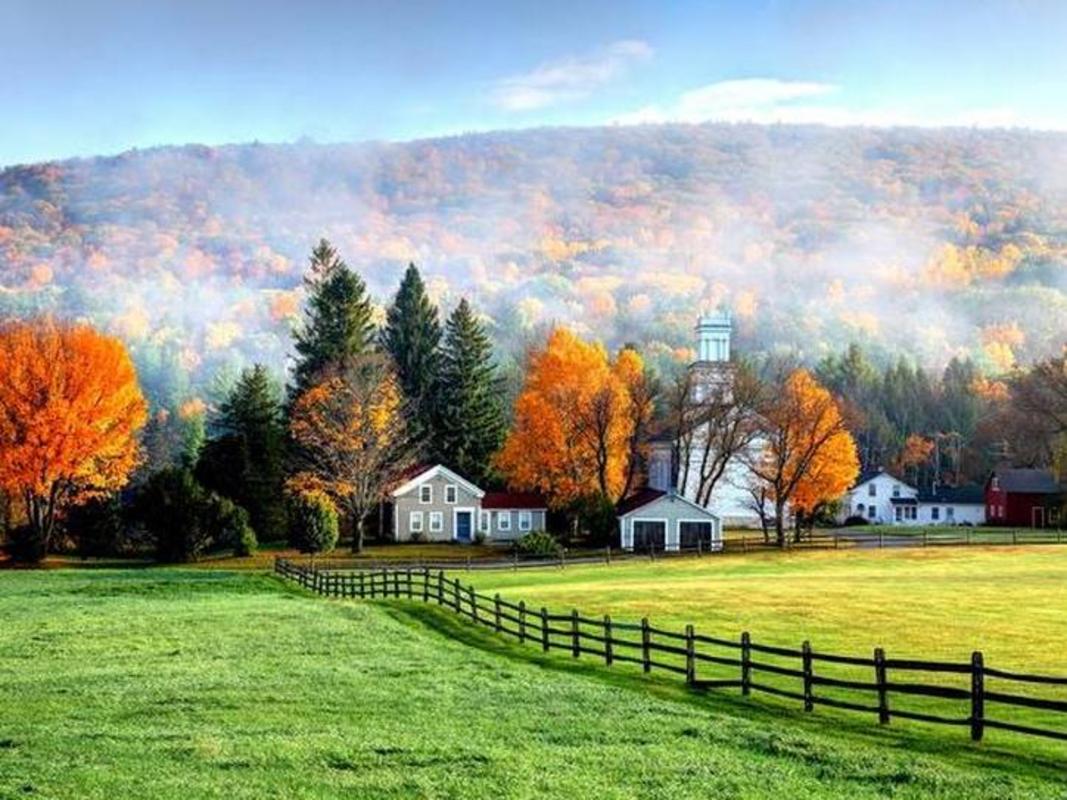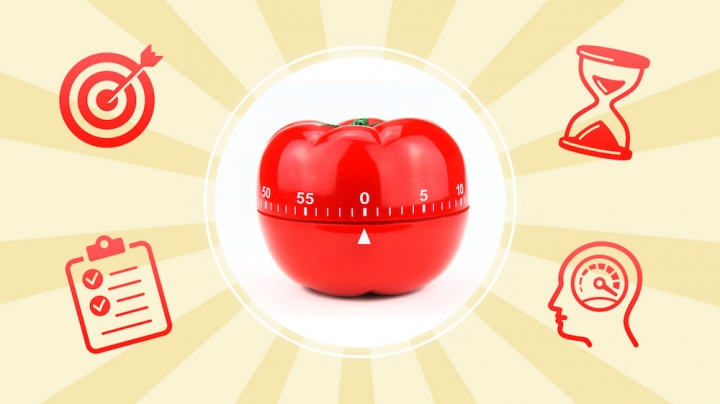
Modernist poetry is renowned for its rich use of symbolism, where everyday objects, images, and words transcend their literal meaning to evoke deeper philosophical, emotional, and cultural insights. Unlike traditional poetry, which often adhered to clear themes and structured forms, Modernist poets embraced fragmentation, ambiguity, and abstract imagery, using symbolism as a key tool to explore the complexities of human experience.
This article delves into how symbolism shaped Modernist poetry, examining its origins, key themes, and major poets, while decoding the hidden layers of meaning within iconic works.
The Origins of Symbolism in Modernist Poetry

A. The Influence of the Symbolist Movement (19th Century)
Modernist poetry was heavily influenced by the French Symbolist poets of the late 19th century, including Charles Baudelaire, Stéphane Mallarmé, Paul Verlaine, and Arthur Rimbaud. These poets rejected direct meaning in favor of suggestive imagery, musicality, and dreamlike ambiguity.
✔ Baudelaire’s “Correspondences” (1857) introduced the idea that the world is a web of hidden connections, where scents, sounds, and colors intertwine.
✔ Mallarmé’s poetry sought to evoke meaning rather than state it outright, paving the way for Modernist experimentation.
B. Transition to Modernist Symbolism (Early 20th Century)
- Modernist poets built on Symbolist techniques, integrating them with stream-of-consciousness writing, fragmented imagery, and psychological depth.
- Inspired by philosophical shifts (Nietzsche, Freud, Jung) and artistic revolutions (Cubism, Surrealism), Modernists redefined poetic language to reflect the uncertainty of the modern world.
Key Modernist Poets Adopting Symbolism:
- T.S. Eliot – Used symbols to depict cultural and spiritual decay.
- Ezra Pound – Integrated classical and historical symbols.
- W.B. Yeats – Employed mythological and mystical imagery.
- Wallace Stevens – Used abstract, shifting symbols to question reality.
Key Themes and Symbolic Motifs in Modernist Poetry
A. The City as a Symbol of Modern Alienation
✔ Many Modernist poets used urban landscapes to symbolize isolation, existential crisis, and the loss of traditional values.
✔ Example: T.S. Eliot’s “The Waste Land” (1922)
“Unreal City, under the brown fog of a winter dawn…”
- The “Unreal City” represents a decaying, fragmented society, where individuals are emotionally disconnected.
- Fog serves as a symbol of confusion and uncertainty in the modern world.
B. Water and Rivers as Metaphors for Time and Change
- Flowing water is often used to represent the passage of time, transformation, and human memory.
✔ Example: James Joyce’s “Anna Livia Plurabelle” (in Finnegans Wake)
- The river Liffey becomes a symbol of life’s cyclical nature, blending myth, history, and personal identity.
✔ Example: “The Waste Land” (Eliot)
“I do not know much about gods; but I think that the river
Is a strong brown god—sullen, untamed and intractable.”
- The river is both destructive and cleansing, symbolizing the inevitable force of history and time.
C. Mythology and Religion as Symbols of Spiritual Disillusionment
✔ Many Modernist poets used mythological allusions to explore the loss of faith and cultural identity.
✔ Example: W.B. Yeats’ “The Second Coming” (1919)
“Turning and turning in the widening gyre
The falcon cannot hear the falconer…”
- The “gyre” symbolizes historical cycles collapsing into chaos.
- The “Second Coming” is not Christ but a monstrous, unknowable force, reflecting post-war anxiety.
✔ Example: Ezra Pound’s “Canto I”
- A retelling of Homer’s Odyssey, symbolizing the search for cultural renewal in the face of modern decay.
D. Nature as a Symbol of Inner Consciousness
✔ Unlike Romantic poets, who saw nature as a source of beauty and inspiration, Modernists often depicted it as mysterious, ambiguous, or indifferent.
✔ Example: Wallace Stevens’ “The Snow Man” (1921)
“One must have a mind of winter
To regard the frost and the boughs
Of the pine-trees crusted with snow.”
- Snow symbolizes detachment and objectivity, suggesting that meaning is created by perception, not inherent in nature itself.
Major Modernist Poets and Their Use of Symbolism
A. T.S. Eliot: Cultural Fragmentation and Mythic Symbols
✔ Works: The Waste Land, The Love Song of J. Alfred Prufrock
✔ Symbolism in His Poetry:
- The Fisher King – Represents the spiritual drought of modern society.
- Hyacinth Garden – A lost moment of romantic or spiritual awakening.
- Madame Sosostris (Fortune Teller) – A symbol of failed prophecy and uncertainty.
B. W.B. Yeats: Mysticism and Historical Cycles
✔ Works: The Second Coming, Sailing to Byzantium
✔ Symbolism in His Poetry:
- Byzantium (Ancient City) – Symbolizes artistic immortality and transcendence.
- The Falcon and the Falconer – Represents a world spiraling out of control.
- The Rough Beast – A mythic force of destruction, heralding an uncertain future.
C. Wallace Stevens: Abstract Thought and Perception
✔ Works: Sunday Morning, The Snow Man, Thirteen Ways of Looking at a Blackbird
✔ Symbolism in His Poetry:
- Blackbird – Represents multiple perspectives on reality.
- The Sun – A shifting metaphor for human imagination vs. objective truth.
- Impermanence of Reality – Everything depends on how the observer perceives it.
Why Symbolism in Modernist Poetry Still Resonates Today
- Universality: Modernist symbolism reflects universal human struggles, from identity crises to spiritual disillusionment.
- Interpretative Depth: Readers are encouraged to find their own meanings, making the poetry ever-evolving.
- Cultural Relevance: The themes of alienation, technology, and societal change remain just as relevant today.
How to Approach Symbolism in Modernist Poetry
- Look for recurring images or motifs – They often carry deeper thematic weight.
- Consider historical and cultural context – Many symbols reference myth, religion, or contemporary events.
- Analyze contrasts and juxtapositions – Modernist poets often use shocking or fragmented imagery to convey meaning.
- Trust ambiguity – Symbolism in Modernist poetry doesn’t always have a single interpretation.
Conclusion: The Power of Symbolism in Modernist Poetry
Modernist poetry redefined how meaning is created, using symbolism to evoke deeper layers of thought, emotion, and philosophy. Whether through urban decay, natural landscapes, mythological figures, or shifting perceptions, Modernist poets created a world of symbols open to endless interpretation.
By exploring these hidden layers, we gain not only a richer appreciation for Modernist literature but also new ways to perceive and question the world around us.
So, the next time you read a Modernist poem, look beyond the words—decode the symbols, and uncover the intricate web of meaning within. 📖✨







